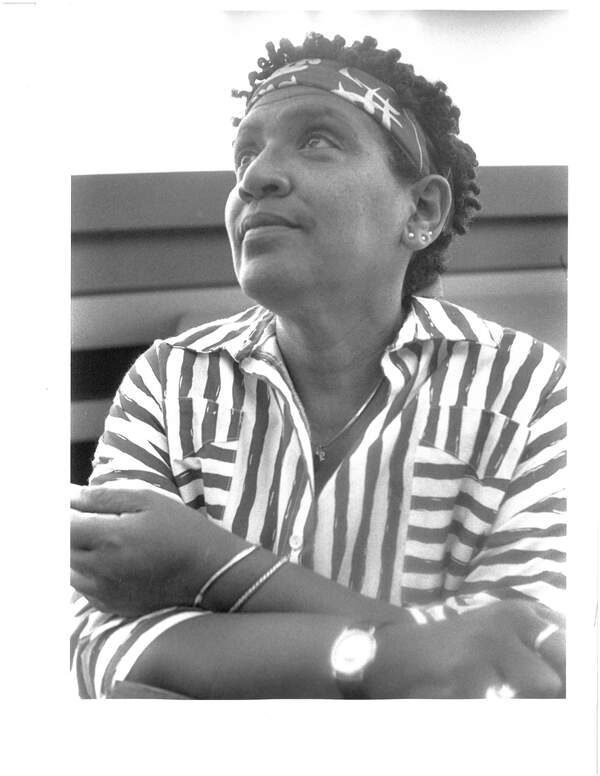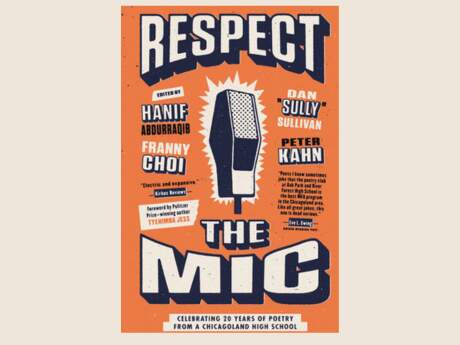On Poetry
On Form: Greg Williamson

Forms of Disguise
Here in the small hours of the twentieth century, one can read by halogen light a hundred years of bickering about free verse and form, the open and closed, the raw and the cooked, the naked and the clothed (What would Saran-Wrap be?). This binary nomenclature is pretty unwieldy, and the categories often collapse. Dr. Williams? Free verse, although he claimed there was no such thing. Dr. Donne? Formal, but someone Ben Jonson said "deserved hanging for not keeping accent." "Prufrock"? Free verse, but rhyming in uneven metrical lines. "Dover Beach"? Formal, but rhyming in uneven metrical lines. Shakespeare? Depends who's talking.
Consider the case of Heather McHugh, a favorite poet of mine. I have conducted rigorous scholarly research by asking six poets I know what her style is. They all said, "Free verse." Also, I've sometimes included her selected works, Hinge & Sign: Poems 1968-1993, in a class called "Poetic Forms." The students, who invariably like her, nonetheless invariably ask, "Why are we reading this in here?" Moreover, a blurb on the book explains that "her speech is stripped down to the last contraction" and that "her poems are open, resilient." I'm not certain what that means, but I'd bet people assume it describes free verse.
In my dogged research, I found one person who hinted that the question might be thornier. Joshua Weiner, in Boston Review, observes, "Although she favors the iambs." I would add, she greatly favors the iamb. Here is a poem called, "From 20,000 Feet":
The cloud formation looks
like banks of rock from here,
though rock and cloud are thought
so opposite. Earth's underlying nature
might be likeness—likeness
everywhere disguised
by wave-length, amplitude and frequency.
(If we got far enough away, could we
decipher the design?) From here
so much goes by
too fast or slow for sight.
(Is death a stretch of time in which
a life is just a flash?) Whatever
we may think, we only
think that we will lose. The foetus,
expert at attachment,
didn't dream that
cramped canal would open
into sound and light and love—
it clung. It didn't care. The future
looked like death to it, from there.
Despite tercets, it looks like free verse. The lines aren't cut to a standard length. But if you read across the line-breaks, you find the whole thing's in unmistakable metrical feet, all iambs, even the title. There might be one pyrrhic, but that's questionable and, anyway, would trouble nothing in a passage of blank verse. In fact, if you broke the first line at four feet and occasionally hyphenated a word across a line-break, you could type the rest out as though it were indeed blank verse. And this would be a blank verse with far, far fewer metrical variations (zero) than the metered lines of any number of card-carrying formalists. When Ms. McHugh gives readings, rather than muting it, she emphasizes this vibrant, iambic rhythm. Moreover, the poem ends with a heroic couplet in disguise. Aurally, it's as though it were:
and light and love—it clung. It didn't care.
The future looked like death to it, from there.
As Mr. Weiner notes, her poems almost always have a final rhyme. And these rhymes are spaced at familiar rhythmic distances to snap shut their newfangled boxes in old, conventional ways.
Not all of her poems are so metrically unambiguous, and others, such as "In Praise of Pain" and "Preferences," are presented in unmasked pentameter, with just a few peculiarities. But the style of "From 20,000 Feet" is her dominant mode, though often with anapestic or trochaic substitutions. Consider, for instance, "Seal," which ends:
(In this
expanded universe, the sky
is naturally
surmountable—but why?
Why lumber clumsily, above it all—
if able in an underworld to fly?)
Beautiful, no? Typographically, she has masked a perfectly iambic Rubaiyat stanza, which the eye may miss, but not the ear:
(In this expanded universe, the sky
is naturally surmountable—but why?
Why lumber clumsily, above it all—
if able in an underworld to fly?
Is this less free or more than a poem like Robert Frost's "Mowing," an iambic pentameter sonnet in which no line has five iambs? Is this "open" because of the way it's typed, or "closed" because of the way it sounds? Does she suffer the "tyranny of the iamb" because her rhythm so proliferates with them, or does she escape because she isn't clearly counting them? Are these lines raw or cooked?


